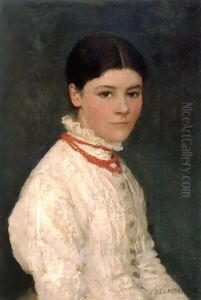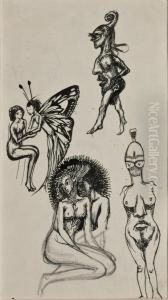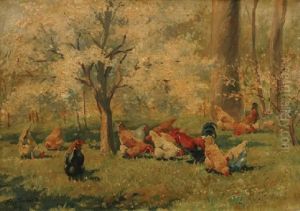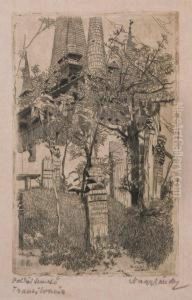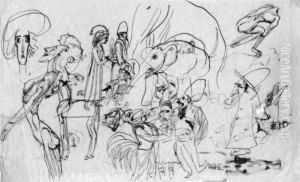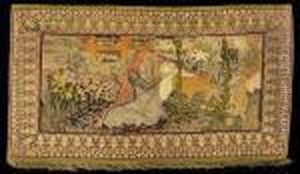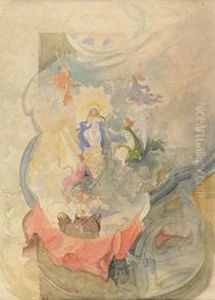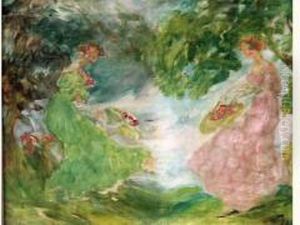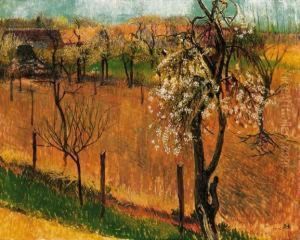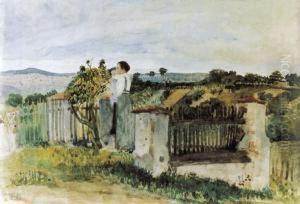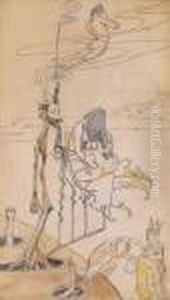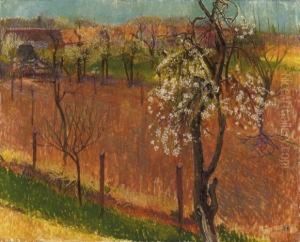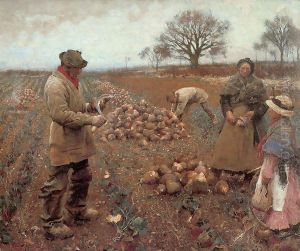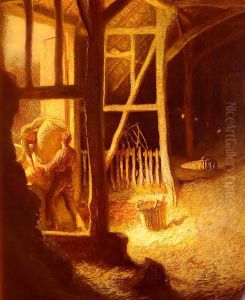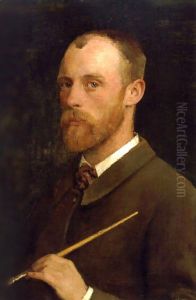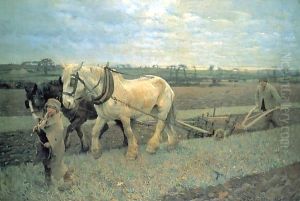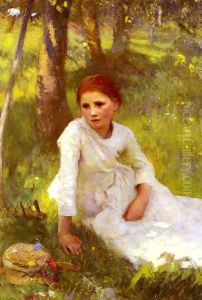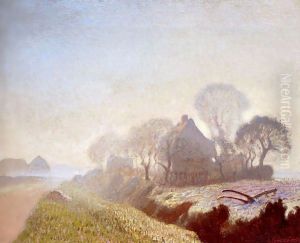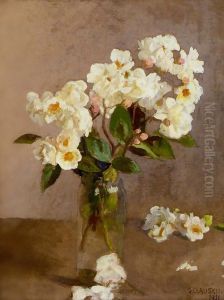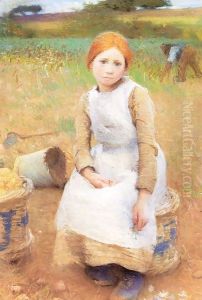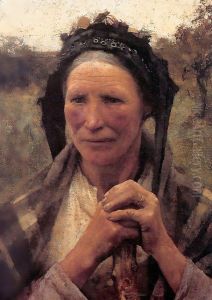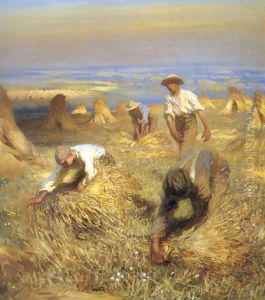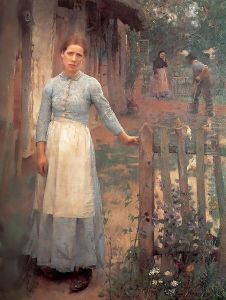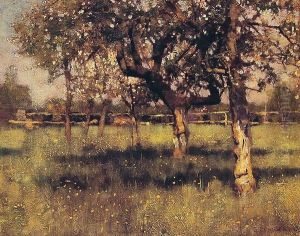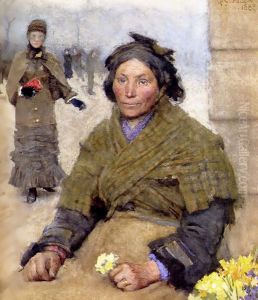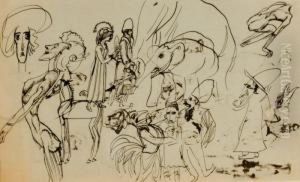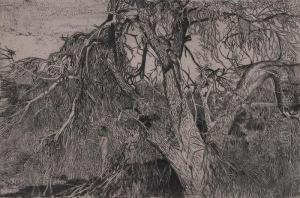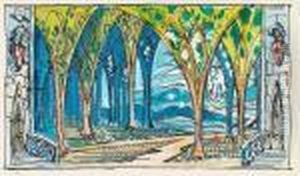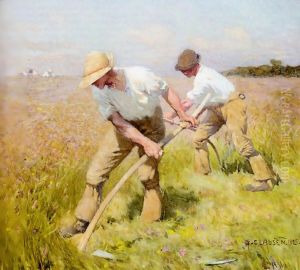Sandor Nagy Paintings
Sandor Nagy was a Hungarian artist, born on November 28, 1869, in the city of Budapest, Hungary. He was a prominent figure in the Hungarian Secession movement, which was part of the wider Art Nouveau movement in Europe. Nagy's work was characterized by its use of folk motifs, stylized forms, and often contained elements of Hungarian mythology and romantic nationalism.
Nagy studied at the Hungarian University of Fine Arts in Budapest and later in Munich, which was a major center for art and design at the time. During his early career, he worked as an illustrator for books and magazines, which helped him hone his distinctive linear style. He also became involved in the applied arts, designing furniture, glassware, and ceramics that reflected the Art Nouveau aesthetic.
In 1901, Nagy, along with fellow artists Aladár Körösfői-Kriesch and Károly Kernstok, founded the Gödöllő Art Colony, which became a hub for Hungarian artists who were interested in combining modern design principles with traditional Hungarian craft techniques. The colony was inspired by the ideas of William Morris and the Arts and Crafts movement, and it aimed to create art that was both beautiful and functional.
Nagy's work often featured themes relating to nature and mythology, and he was particularly adept at using woodcuts and lithography. His illustrations for literary works, such as the Hungarian epic 'The Tragedy of Man' by Imre Madách, are some of his most celebrated contributions to Hungarian art. Nagy's designs were also used in the production of stained glass windows, mosaics, and murals, many of which can still be seen in buildings throughout Hungary.
During his lifetime, Nagy's work was exhibited internationally, and he played a key role in introducing Hungarian art to a wider audience. He continued to work and teach until his death on January 2, 1950, in Budapest. His legacy is preserved in the form of his numerous artworks and his influence on the Hungarian art scene, particularly in the fields of graphic design and the applied arts.
